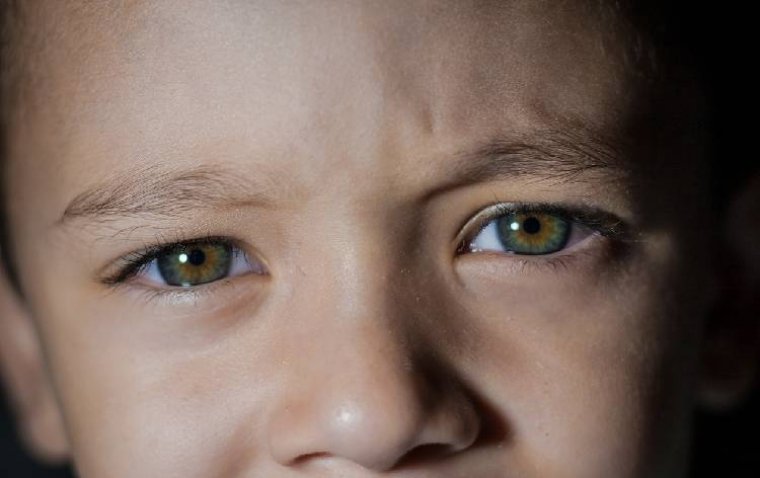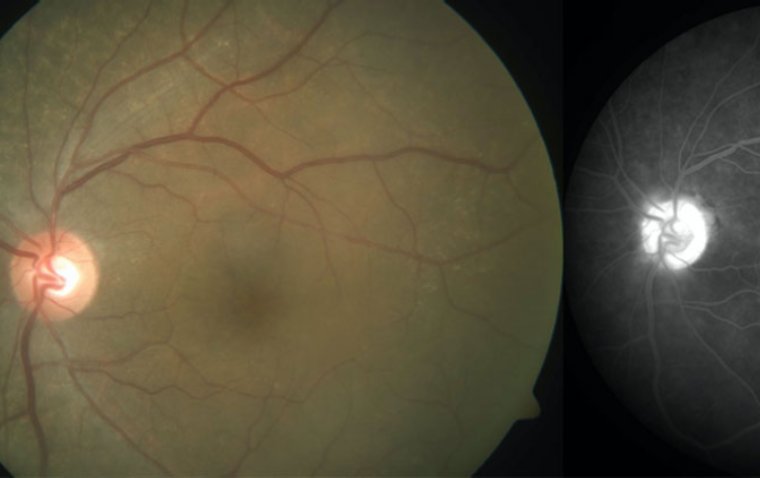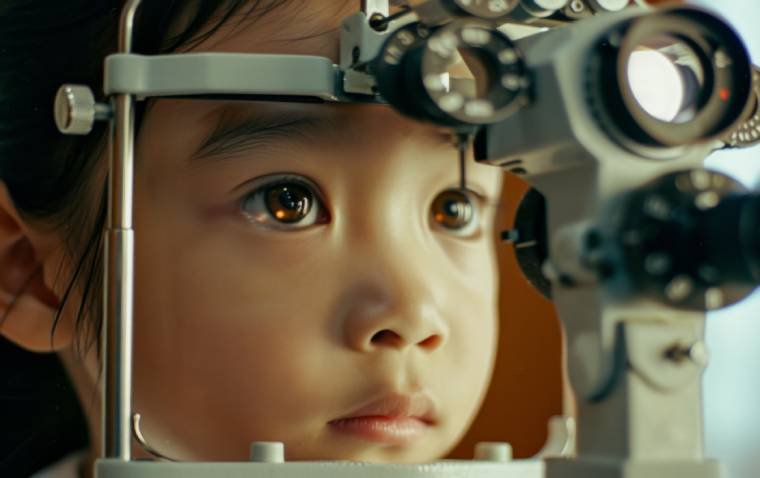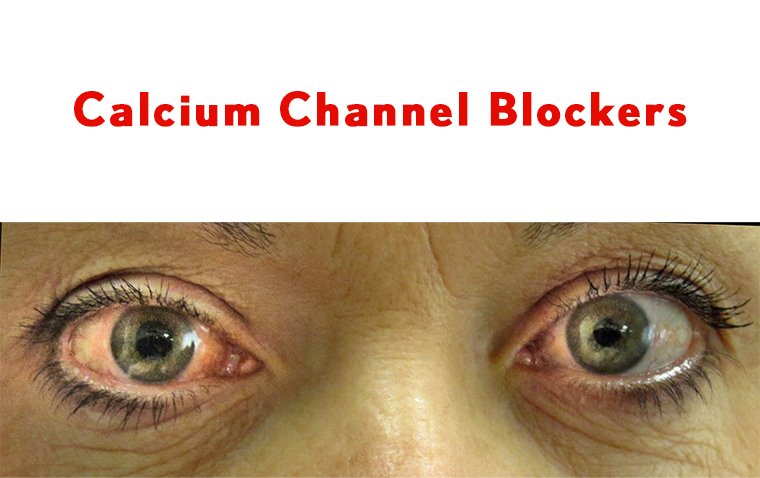
Prevent Blindness Launches Children's Vision Health Map
Prevent Blindness has introduced the Children’s Vision Health Map, an online tool that highlights geographic variations in children’s vision issues, visual impairment, and blindness across the U.S. The tool uses data from the CDC’s Vision and Eye Health Surveillance System and other research sources to help address eye health needs and promote early detection.
Addressing Eye Health in Children
More than 600,000 children in the U.S. experience uncorrectable visual acuity loss, with over 45,500 affected by blindness. Conditions like amblyopia and strabismus can often be treated if detected early. The Vision Health Map provides state- and county-level data to healthcare professionals, public health workers, and policymakers, helping to improve systems fora early detection and treatment.
Features and Impact
Users can explore relationships between visual health and community characteristics, such as vision screening requirements, math and reading scores, socioeconomic factors, and availability of eye care providers. This information can guide the development of policies and practices to improve children's vision care across the country.
Prevent Blindness CEO Jeff Todd emphasized the map’s role in helping professionals and the public better understand local vision problems and the challenges in addressing them. A report accompanying the map offers key findings:
• 1 in 122 U.S. children has uncorrectable vision loss.
• Non-Hispanic Black children have the highest rates of vision loss.
• Girls are 25% more likely to experience vision loss than boys.
• 760,000 children on Medicaid or CHIP were diagnosed with amblyopia or strabismus in 2019.
• Supporting the Early Detection of Vision Impairments Act
The map’s data supports advocacy for the Early Detection of Vision Impairments (EDVI) Act (H.R. 8400). This legislation would provide grants to states to improve early vision screening, enhance referrals to eye care, and establish a national resource center at the CDC for pediatric eye disease research.
“The new data from the Prevent Blindness Children’s Vision Health Map and report allows us to effectively identify and address the various eye health needs of different populations across the country,” said Donna Fishman, director of the National Center for Children’s Vision and Eye Health at Prevent Blindness. “We look forward to working with stakeholders, public health advocates and community groups to help ensure our children can enjoy a lifetime of clear and healthy vision.”
Prevent Blindness will present an overview of the Children’s Vision Health Map at the World Sight Day Congressional Briefing on September 12, in Washington, D.C.
The Prevent Blindness Children’s Vision Health Map and the report is available online.
(1).jpg)










